Common Headless CMS Integration Mistakes (and How to Avoid Them)
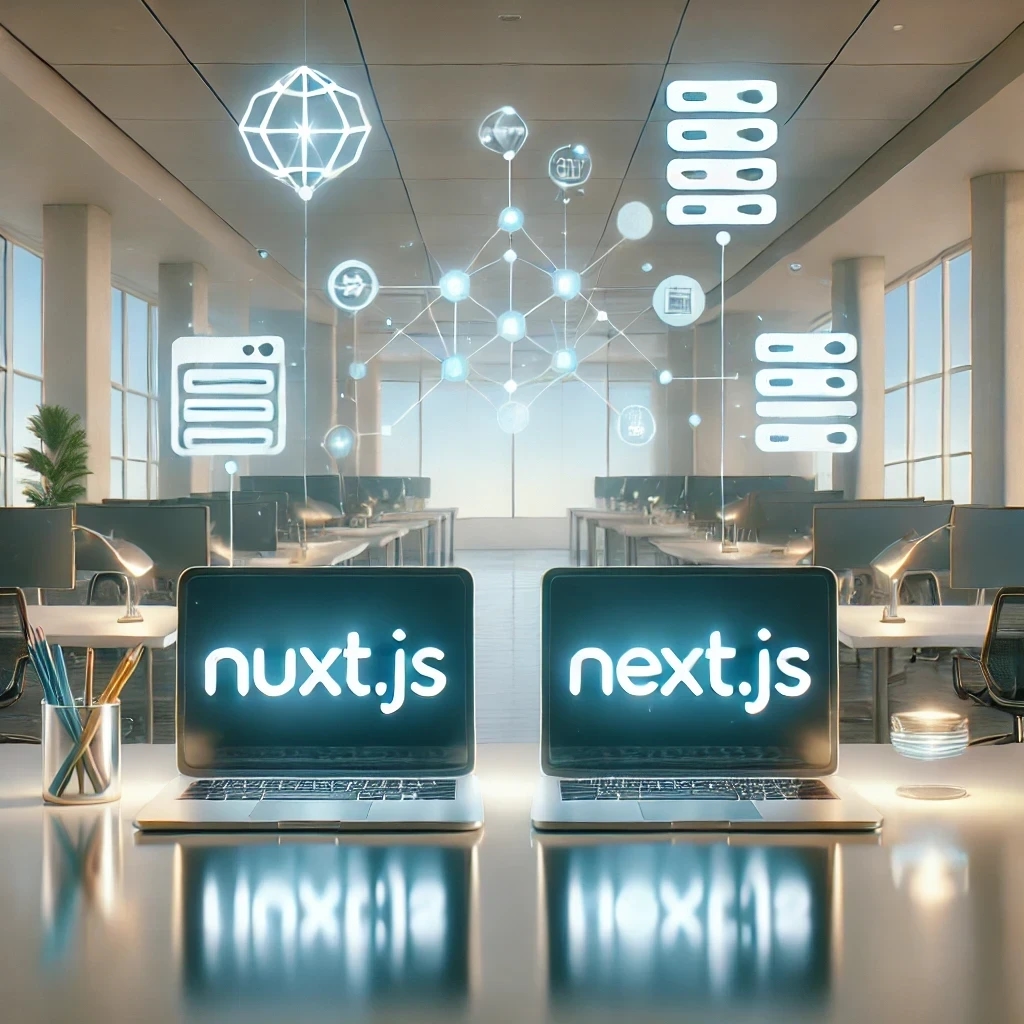
Introduction
A Headless CMS is a powerful tool for delivering dynamic content across multiple platforms, providing unparalleled flexibility and scalability. However, successfully integrating a Headless CMS with your application requires careful planning and execution. Missteps during the integration process can lead to performance issues, poor user experiences, and wasted resources.
In this blog, we’ll explore the most common mistakes developers make when integrating a Headless CMS and provide actionable advice to avoid them. By following these best practices, you can unlock the full potential of your Headless CMS.
What is Headless CMS Integration?
Headless CMS integration connects a content management system to a frontend application via APIs, separating backend content storage from the user interface. This approach allows developers to use their preferred tools and frameworks to create dynamic, responsive websites and applications. Proper integration ensures smooth communication between the frontend and backend, optimizing performance and usability.
Common Headless CMS Integration Mistakes
Poor API Usage
One of the most frequent mistakes is inefficient API usage. Over-fetching or under-fetching data due to poorly constructed queries can slow down your application. Over-fetching retrieves unnecessary data, increasing payload size and slowing response times, while under-fetching requires additional API calls to get missing information.
Solution: Use GraphQL to fetch only the data you need or batch requests with REST APIs. Properly structure your queries to minimize server load and improve application performance.
Ignoring Performance Optimization
Neglecting performance optimization is a critical misstep. Without caching strategies or optimized API calls, your application can suffer from long load times, especially during high traffic periods.
Solution: Implement caching strategies such as Content Delivery Networks (CDNs), edge caching, and in-app caching layers. These measures reduce the load on your CMS and deliver content to users faster.
Overcomplicating Content Models
Designing overly complex content models can create bottlenecks in content management and development workflows. Complex models make it harder for non-technical teams to update content and increase development time.
Solution: Simplify your content models by focusing on reusability and modularity. Use straightforward structures that allow easy updates and adjustments as your application evolves.
Lack of Frontend-Backend Sync
Disjointed communication between the frontend and backend teams often leads to misaligned designs or missing data on the frontend. This mismatch can result in a poor user experience and costly rework.
Solution: Foster clear communication between developers and content managers from the planning phase. Use collaborative tools to align frontend requirements with backend structures.
Neglecting SEO Best Practices
Failing to consider SEO during integration can hurt your site’s visibility and search rankings. Missing metadata, unoptimized URLs, or improper use of structured data are common pitfalls.
Solution: Use frameworks like Nuxt.js or Next.js to implement Server-Side Rendering (SSR) or Static Site Generation (SSG). Include metadata, alt text for images, clean URLs, and structured content to enhance SEO.
Lack of Scalability Planning
Not accounting for future growth can limit your system’s scalability, leading to performance issues as content or traffic increases.
Solution: Choose a Headless CMS that supports scalability and design a flexible architecture. Consider how your content needs and user base might grow over time.
Insufficient Testing
Skipping rigorous testing during the integration process can result in bugs, broken APIs, and poor user experiences. These issues often surface after launch, requiring time-consuming fixes.
Solution: Conduct comprehensive testing throughout the integration process. Test APIs for reliability, verify frontend-backend synchronization, and perform load testing to ensure the system can handle traffic spikes.
Best Practices to Avoid Integration Mistakes
Avoiding these mistakes requires a proactive approach and adherence to industry best practices:
Plan Before You Build: Develop a roadmap that considers scalability, performance goals, and content needs.
Leverage Developer Tools: Use tools like Postman for API testing and DevTools for debugging frontend applications.
Optimize Data Fetching: Implement efficient data fetching strategies, including caching and GraphQL queries.
Collaborate Across Teams: Maintain open communication between frontend developers, backend developers, and content managers to align objectives.
Focus on SEO: Use SSR or SSG frameworks to improve SEO and provide a better user experience.
Document Everything: Maintain comprehensive documentation of APIs, content models, and workflows to streamline future updates and troubleshooting.
Tools and Technologies to Streamline Integration
Using the right tools can make Headless CMS integration more efficient and effective:
GraphQL: Enables precise data queries to minimize over-fetching and under-fetching.
CDNs: Accelerate content delivery and reduce latency.
Nuxt.js/Next.js: Provide SSR and SSG capabilities for enhanced SEO and performance.
Content Modeling Tools: Platforms like Orbitype simplify content structure design.
DevTools: Debugging tools for both frontend (Vue DevTools, React DevTools) and backend APIs.
Conclusion
Integrating a Headless CMS requires careful planning and execution to avoid common pitfalls. By addressing issues like inefficient API usage, lack of performance optimization, and inadequate testing, you can build a robust and scalable system that delivers excellent user experiences.
Tools like Orbitype simplify the process with developer-friendly features and seamless integration capabilities. Whether you’re building a blog, e-commerce site, or corporate platform, the right approach can make all the difference.
Ready to Build Smarter?
🛠️ Explore Our Platform: Orbitype Website
🌟 Try for Free: Register Here
💬 Join the Conversation: Join Our Discord
📚 Learn More: Follow us on YouTube, X, LinkedIn, Instagram, and Facebook.
Read more
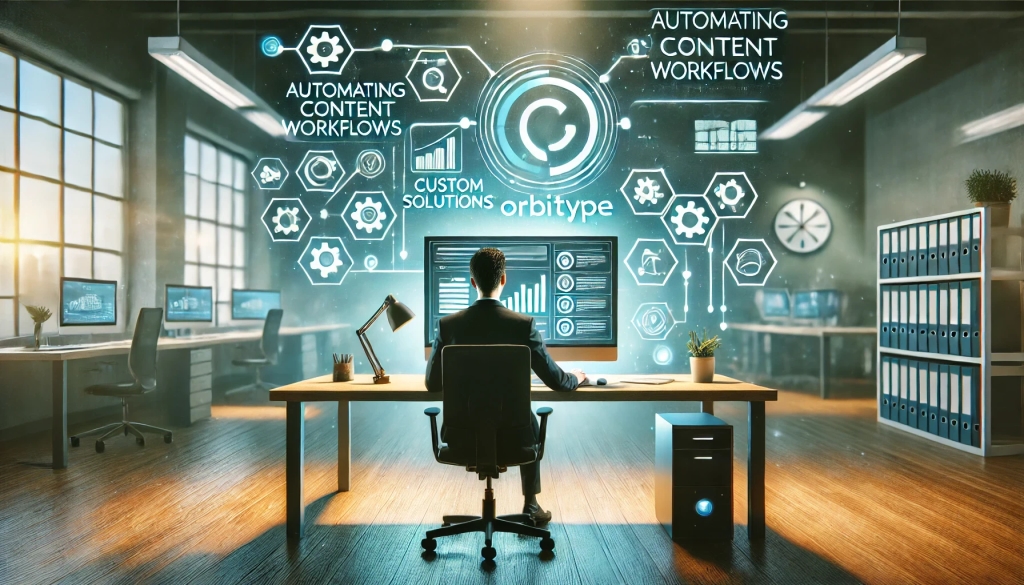
Automating Content Workflows with Orbitype’s Custom Solutions
Discover how Orbitype's custom CRM and ERP solutions revolutionize content workflows. Automate processes, reduce manual tasks, and improve productivity for software development agencies with tailored tools for seamless collaboration and efficiency.
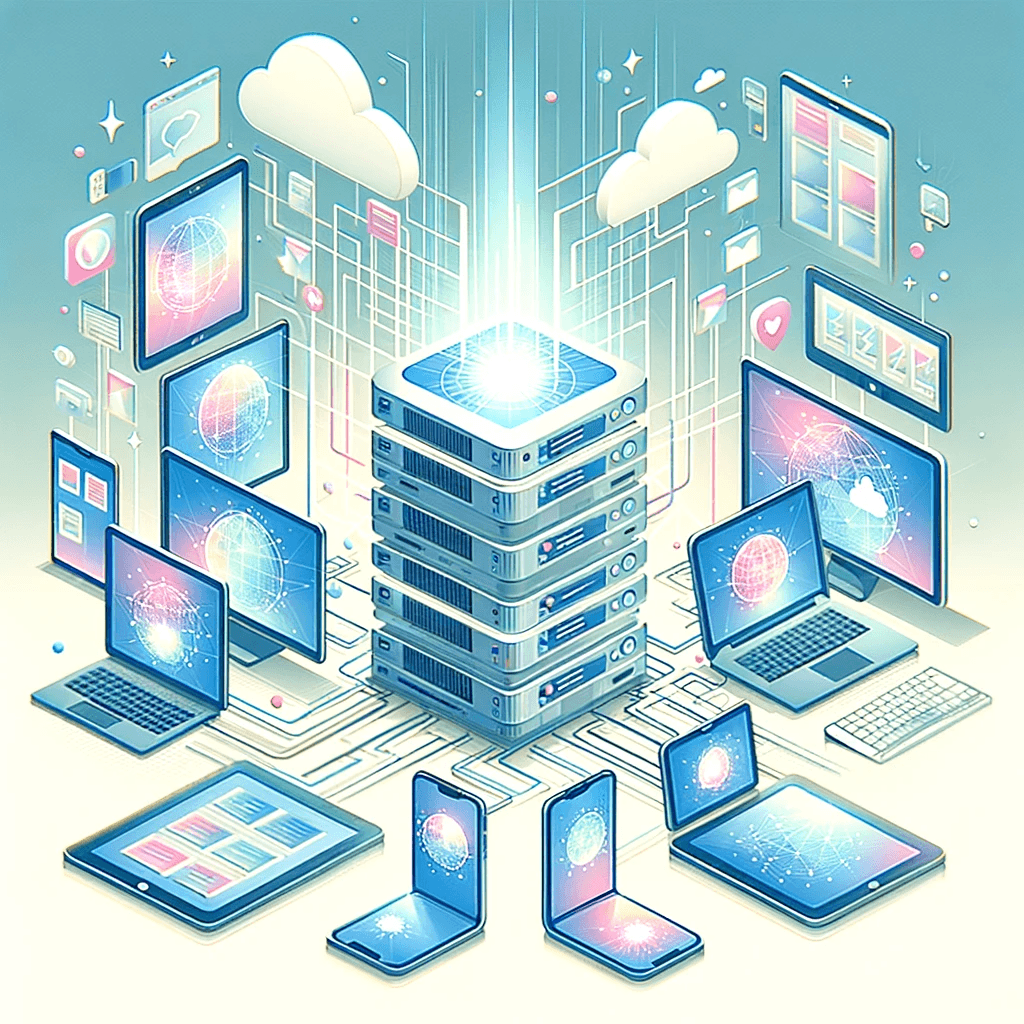
Headless CMS (Content-Management-System)
Explore Headless CMS (Content Management System): a flexible, secure, and performance-driven Content Management System. Learn how API-driven content delivery enhances web development and digital platforms.
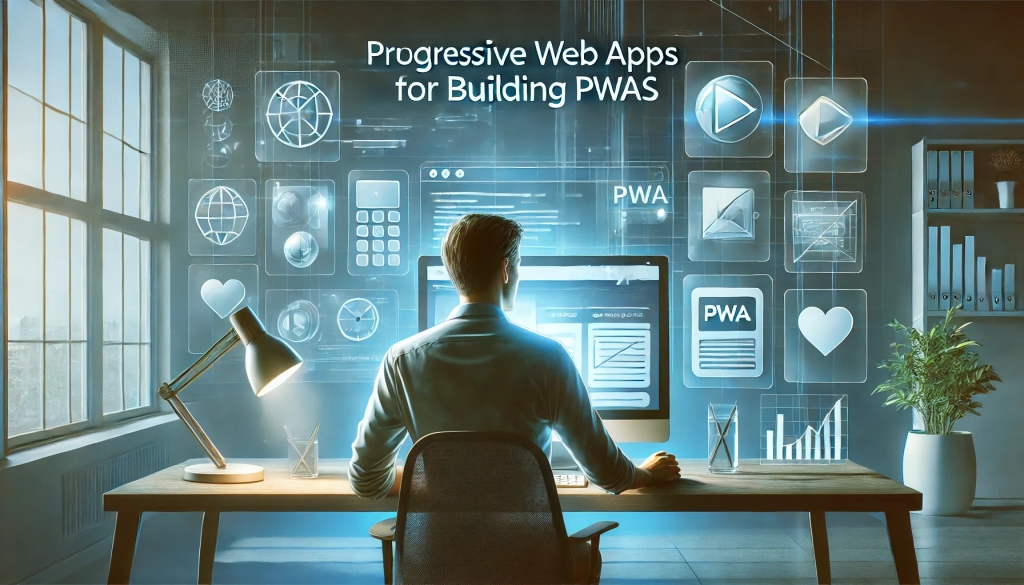
Building Progressive Web Apps (PWAs) with Orbitype
Explore how Orbitype enhances Progressive Web Apps (PWAs) with optimized performance, offline capabilities, and seamless content management for superior user experiences.
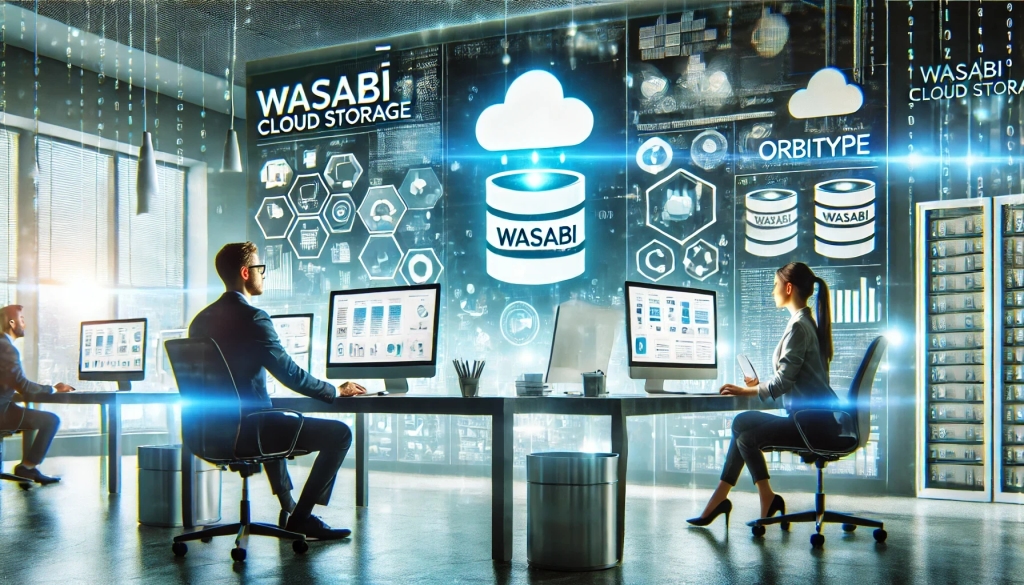
Seamless Data Management: Integrating Wasabi Cloud Storage with Orbitype
Boost your CMS performance with Wasabi Cloud Storage and Orbitype integration. Learn how this cost-effective, scalable solution enhances data management and delivers exceptional results.
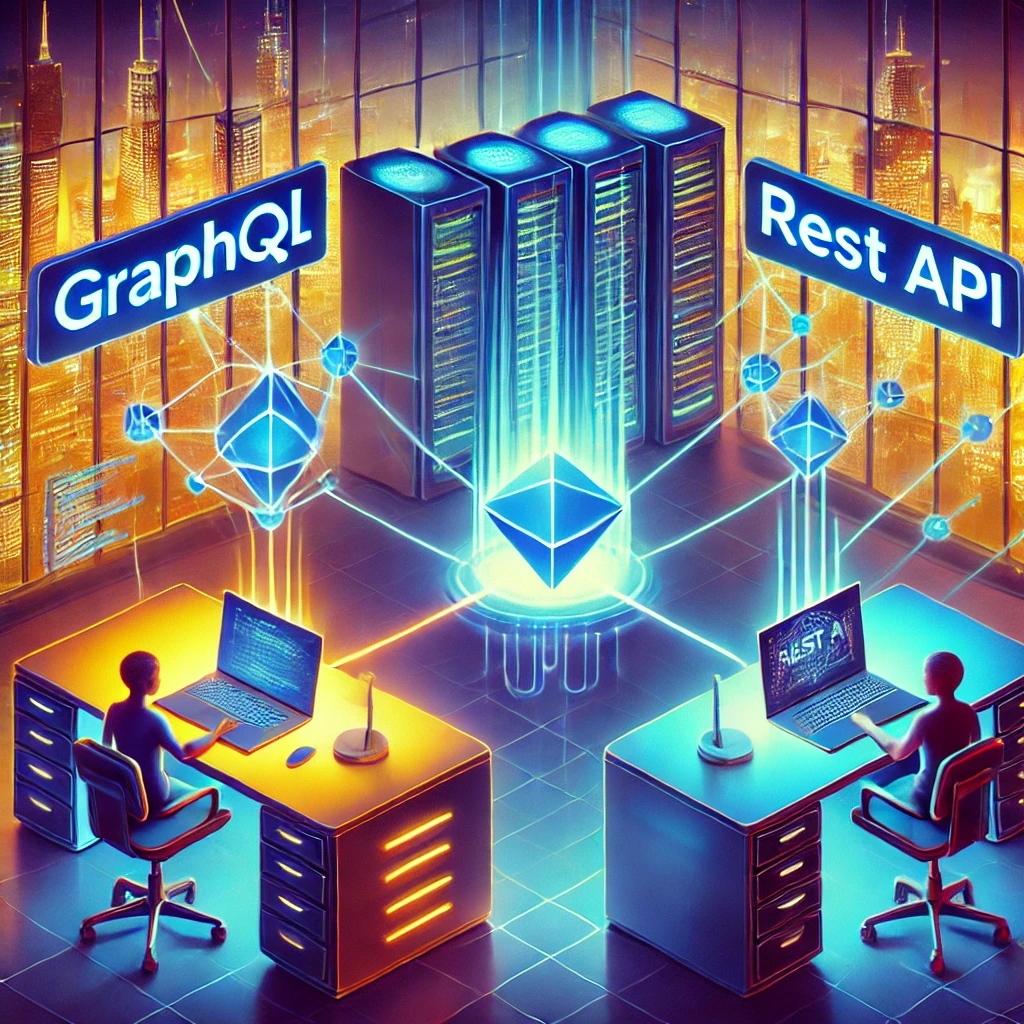
GraphQL vs REST API: Which Works Better for Your Headless CMS?
Discover whether GraphQL or REST API is the best fit for your Headless CMS. Compare performance, scalability, and flexibility to make the right choice for your project.
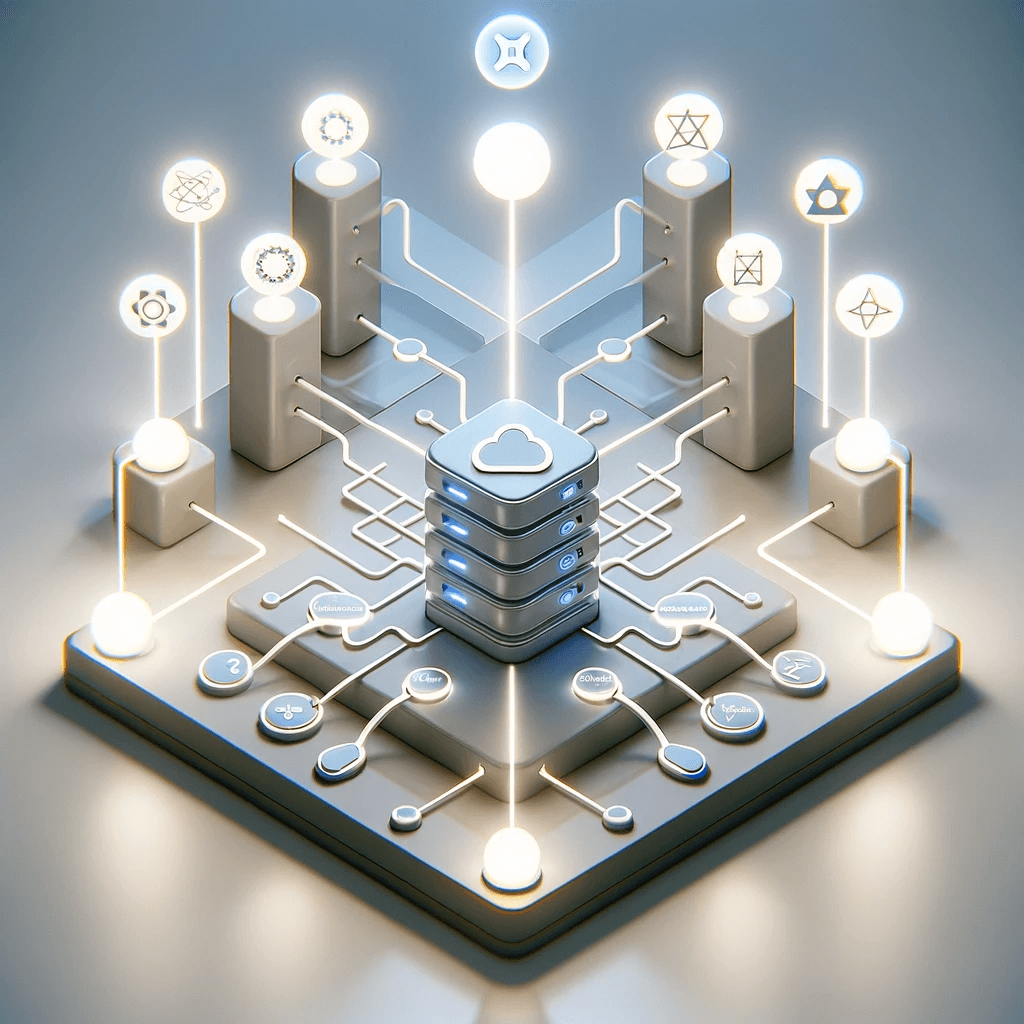
CMS for React - Orbitype Headless CMS
Orbitype is the ideal CMS for React developers, combining seamless API integration, flexible content management, and scalability to create fast, dynamic, and customizable web applications effortlessly.

Optimizing Content Management with SQL Joins in Orbitype
Optimize content management in Orbitype with powerful SQL queries and joins. Discover how SQL Inner Join, Left Join, Right Join, and Full Join improve data organization, integrity, and performance, leveraging SQL databases effectively for seamless content workflows.
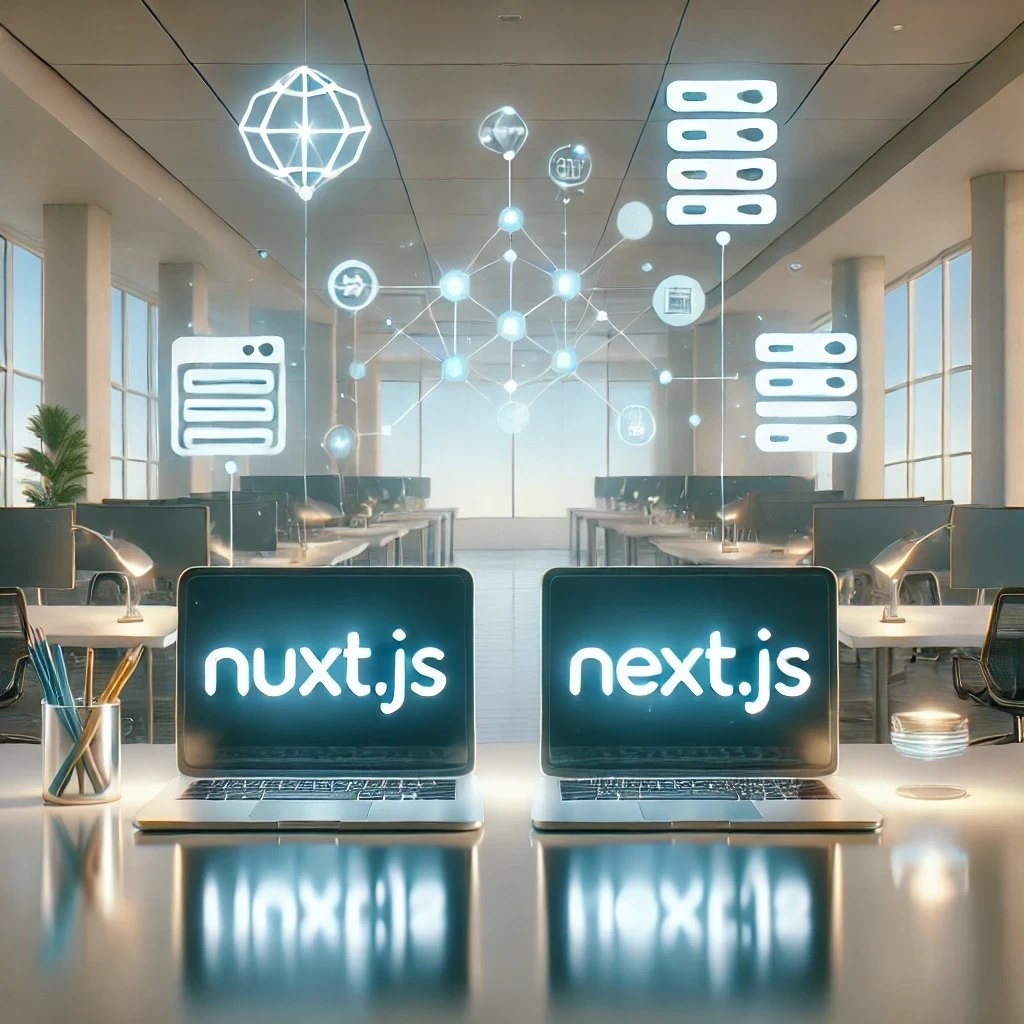
10 Tips for Optimizing Core Web Vitals in Headless CMS Websites
Discover 10 actionable tips to optimize Core Web Vitals for Headless CMS websites. Improve performance, SEO, and user experience with these essential strategies.

Security and Compliance in Headless CMS: Focus on Orbitype
Explore headless CMS security with Orbitype: advanced authentication, data encryption, and compliance with GDPR & CCPA. Learn best practices for secure CMS operations.
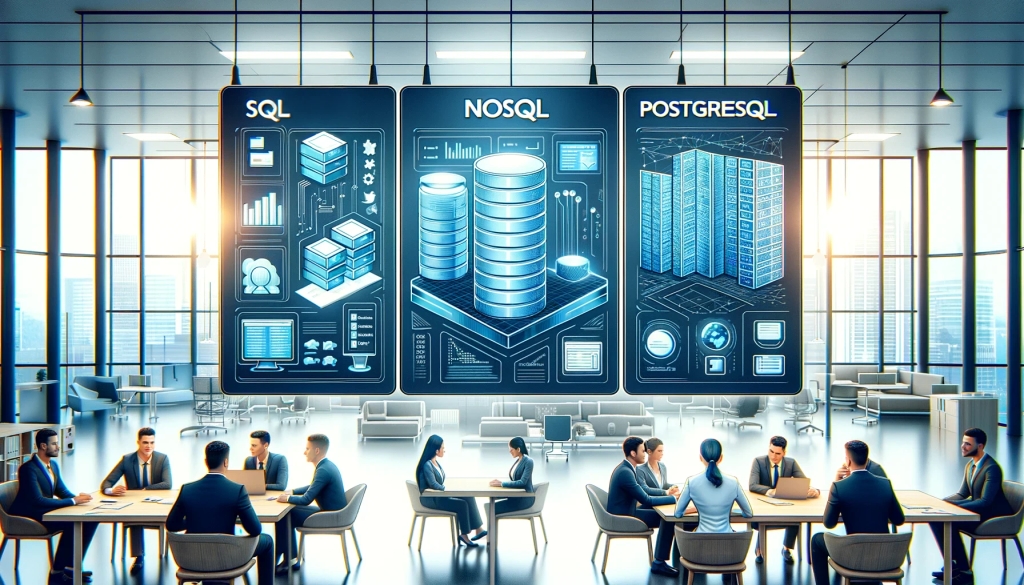
SQL vs. NoSQL vs. PostgreSQL: A Beginner's Guide to Database Technologies with Orbitype
Discover the essentials of SQL, NoSQL, and PostgreSQL in this guide to database technologies. Learn about query languages, relational database systems, JSON files, and how Orbitype enhances data management.

SQL or NoSQL: What's Best for Mobile Applications Using Orbitype?
Explore Orbitype, the ultimate headless CMS for React developers, offering seamless content management, enhanced performance, and flexibility to create dynamic web applications with ease. Learn how Orbitype simplifies workflows and boosts productivity.
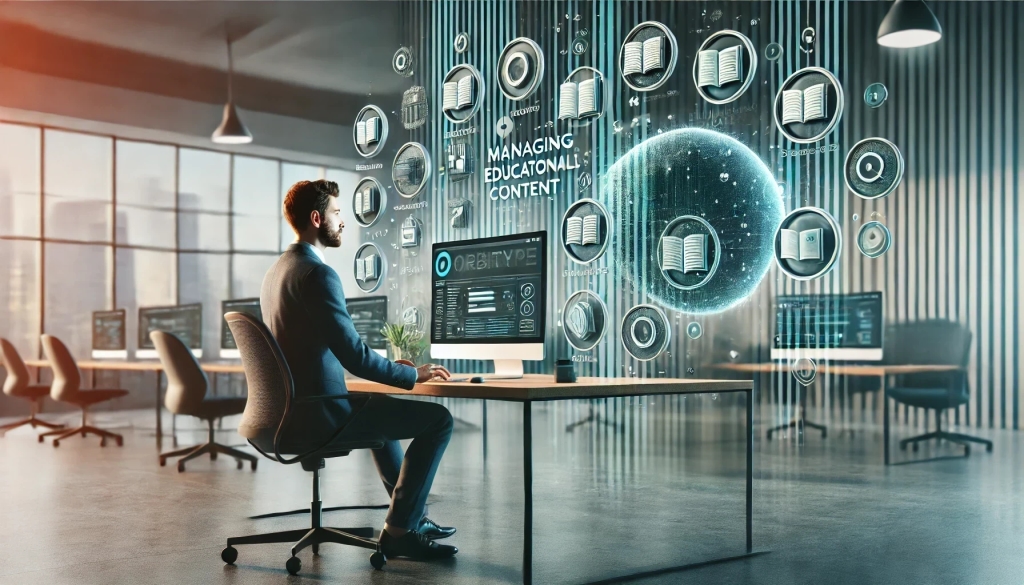
Managing Educational Content with Orbitype and Modern JavaScript Frameworks
Educational platforms require robust and flexible systems to manage and deliver vast amounts of content efficiently. Traditional content management systems often fall short when handling dynamic content and providing seamless user experiences. This is where Orbitype, a powerful headless CMS, comes into play. Combined with modern JavaScript frameworks like React and Nuxt.js, Orbitype offers an unparalleled solution for managing educational content. This blog explores how Orbitype can be integrated with these frameworks to create dynamic, scalable, and customizable educational platforms.

Nuxt vs Next: Which Framework Works Best with Headless CMS?
Compare Nuxt.js and Next.js to find the best frontend framework for your Headless CMS. Discover which offers better performance, scalability, and flexibility for dynamic web projects.

CMS for Vue.Js - Orbitype Headless CMS
Explore Orbitype, the best Headless CMS for Vue.js, offering seamless API integration, dynamic content management, and unmatched performance for interactive front-end development.
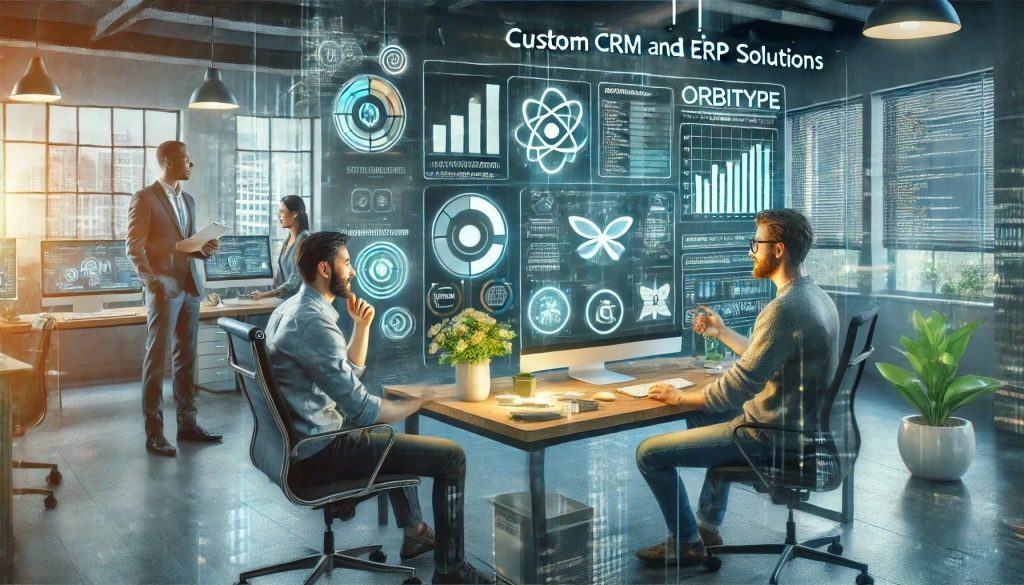
Enhancing Developer Productivity with Orbitype’s Custom CRM and ERP Solutions
Boost developer productivity with Orbitype’s customizable CRM and ERP solutions. Streamline workflows, automate tasks, and manage resources efficiently for projects of any size.
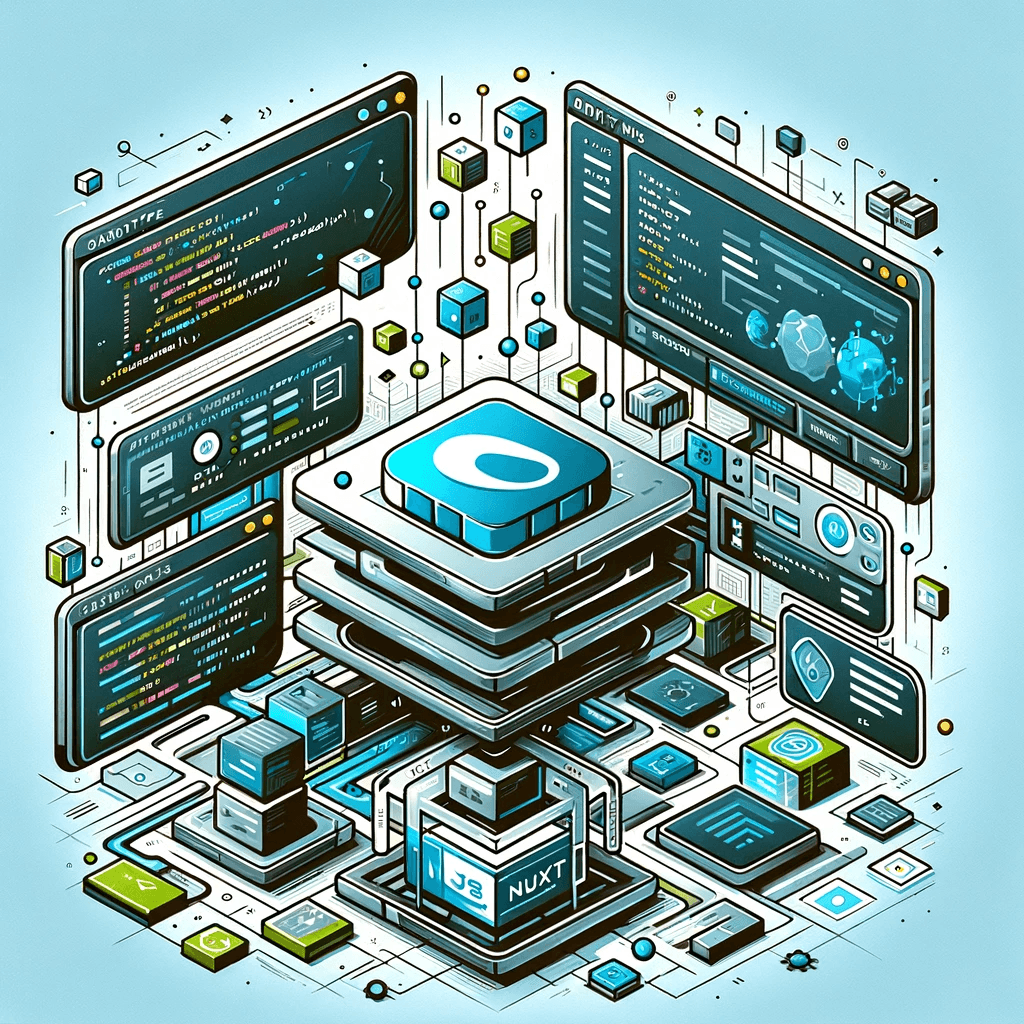
CMS for Nuxt - Orbitype Headless CMS
Optimize your Nuxt.js projects with Orbitype, the API-first Headless CMS offering scalable content management, multimedia repositories, and enhanced SEO for modern web applications.
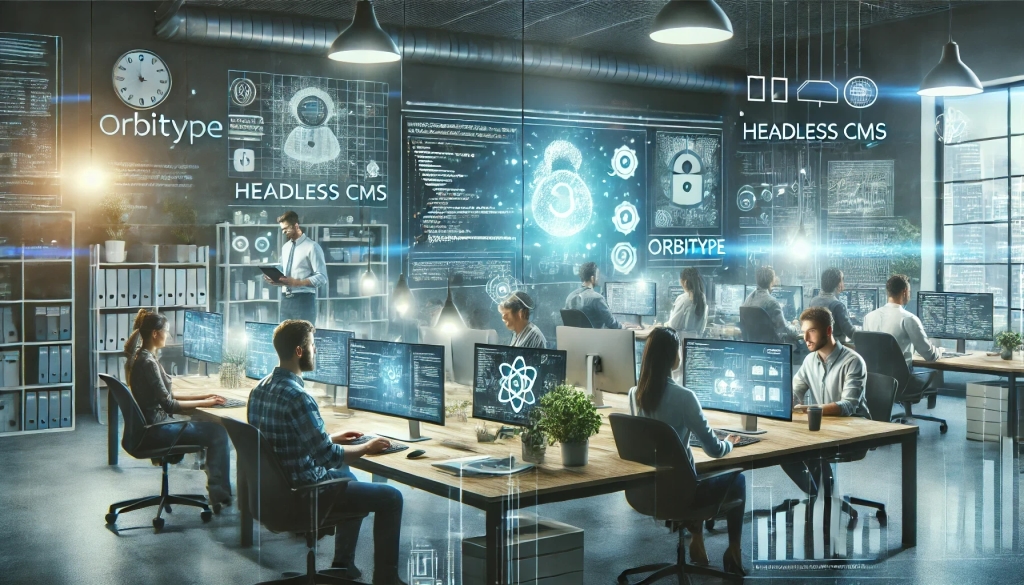
Boosting Developer Productivity with Orbitype’s Headless CMS
Boost developer efficiency with Orbitype Headless CMS, featuring a user-friendly interface, flexible APIs, and automation tools. Streamline content management, enhance scalability, and focus on building dynamic applications. Perfect for developers seeking cutting-edge CMS solutions!
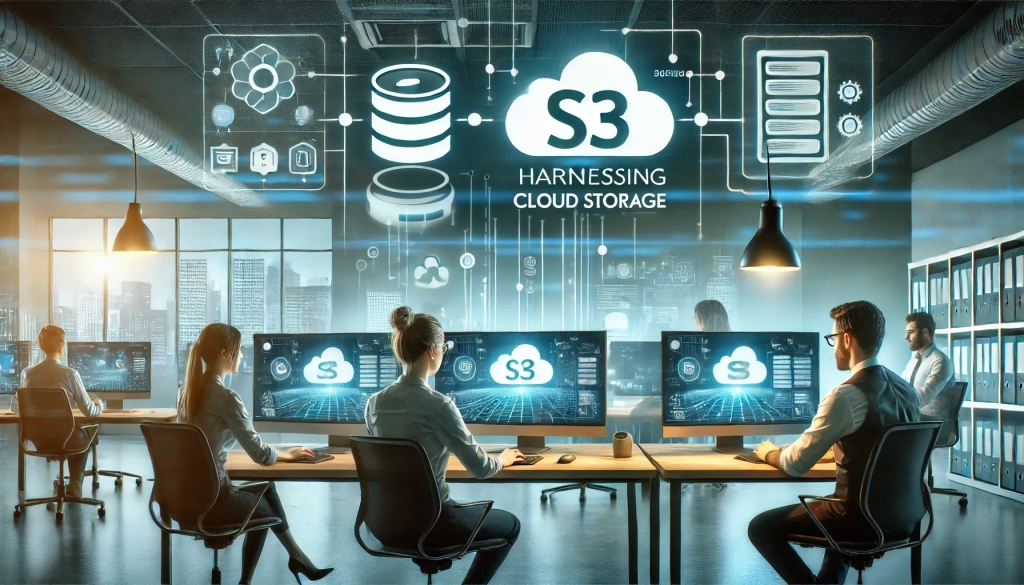
Harnessing Cloud Storage: Integrating Orbitype with AWS S3 for Web Developers
Efficient data management is essential for web developers who handle ever-increasing amounts of data. Reliable and scalable storage solutions are crucial to managing this data effectively. This is where cloud storage integration proves invaluable. Orbitype, a versatile headless CMS, offers seamless integration with cloud storage solutions like AWS S3, providing developers with powerful data management capabilities. This blog explores how Orbitype’s integration with AWS S3 benefits developers, enhances scalability, and ensures data security.
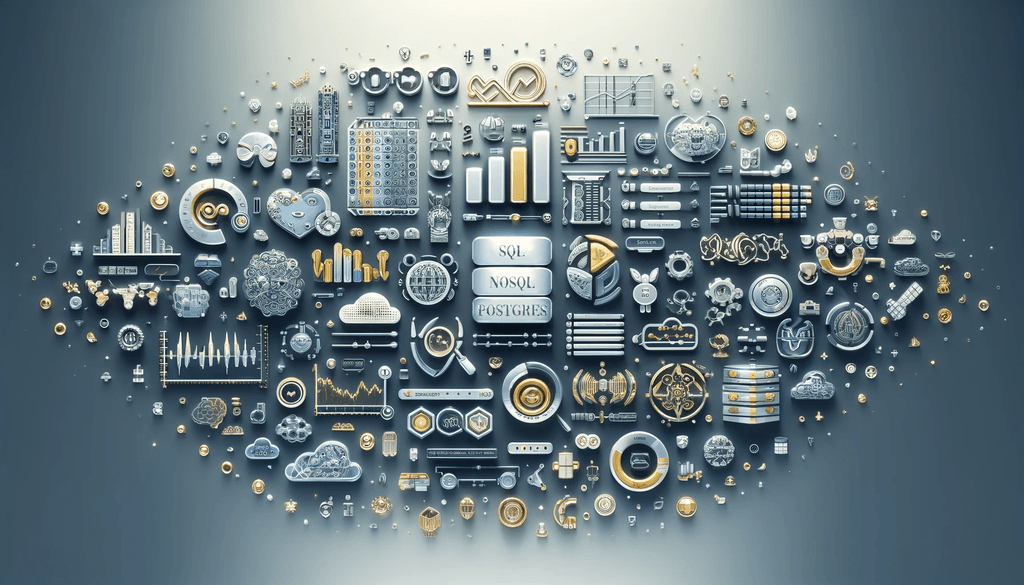
Real-Time Analytics: Evaluating SQL, NoSQL, and PostgreSQL on Orbitype
Discover how Orbitype transforms real-time analytics with seamless SQL updates, inserts, and advanced querying capabilities. Leverage PostgreSQL's hybrid flexibility, NoSQL's scalability, and SQL terminals to unify data management and unlock actionable insights for your business.
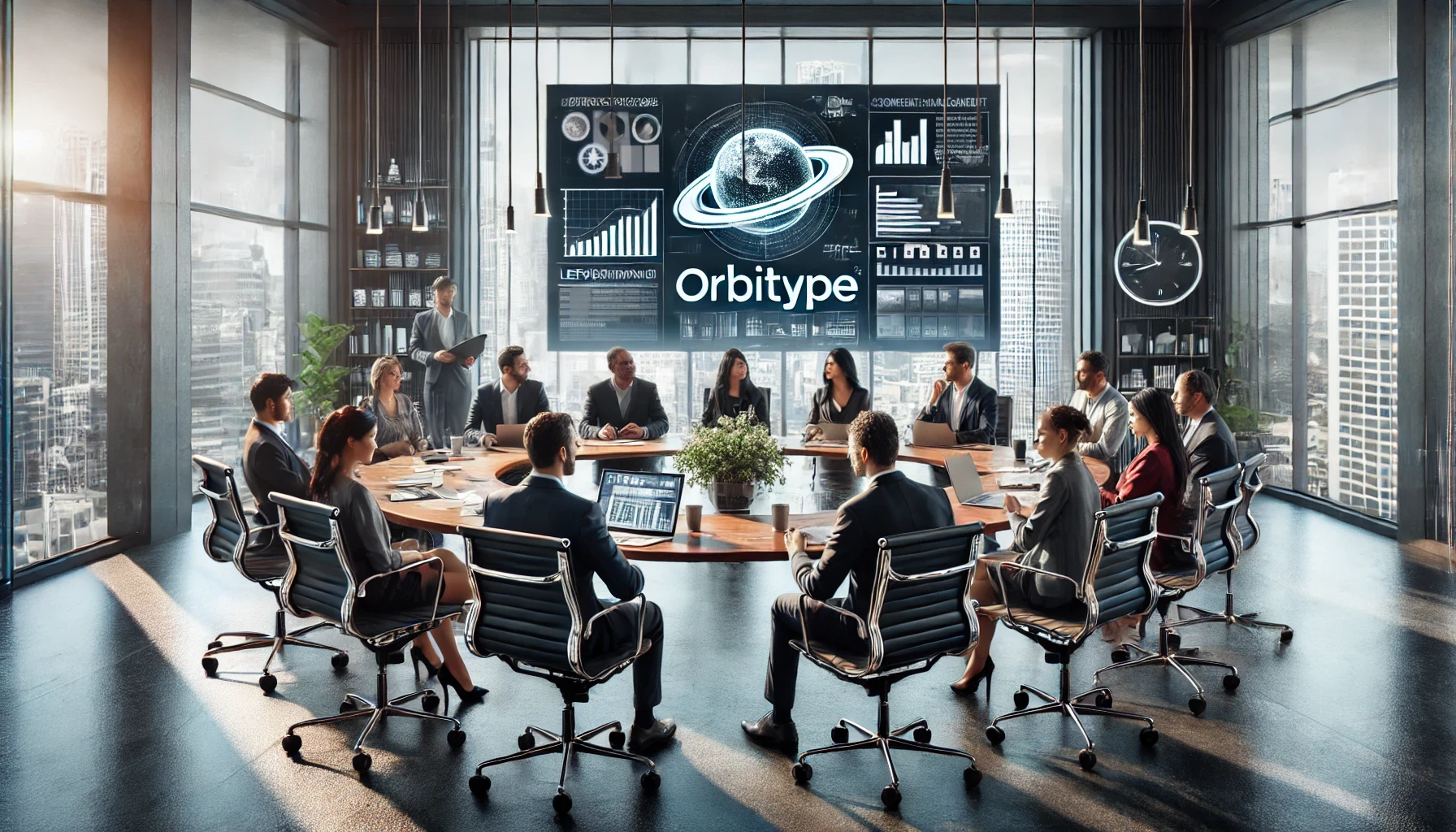
Leveraging Orbitype for Efficient Content Management in E-Commerce
nhance your e-commerce performance with Orbitype CMS. This scalable headless CMS simplifies content management, boosts SEO, and seamlessly integrates with Shopify, WooCommerce, and Magento for dynamic, flexible solutions.
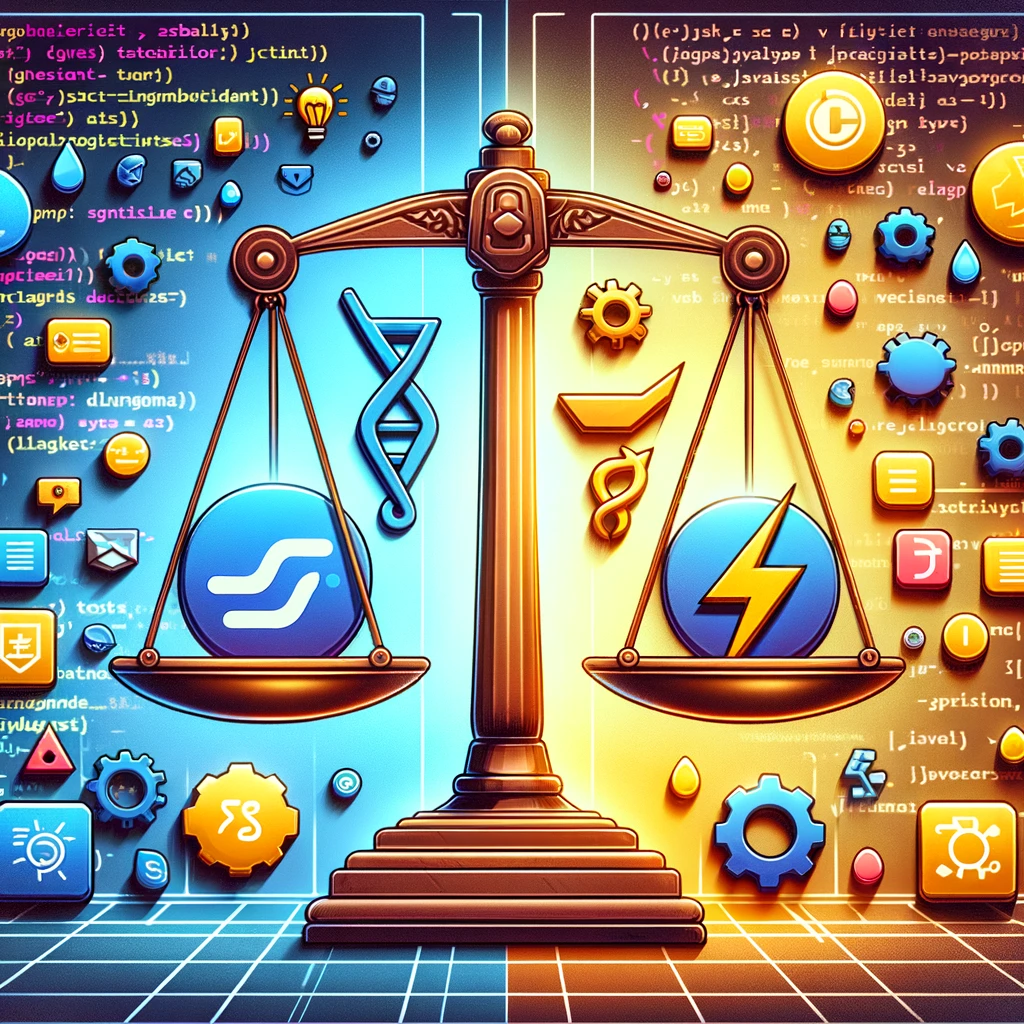
TypeScript vs. JavaScript
Discover the synergy between TypeScript and JavaScript for web development. Learn how Orbitype supports Nuxt CMS, headless CMS for Nuxt, and future-ready digital trends.

Common Headless CMS Integration Mistakes (and How to Avoid Them)
Avoid common Headless CMS integration mistakes with this comprehensive guide. Learn actionable solutions to optimize performance, scalability, and user experience.
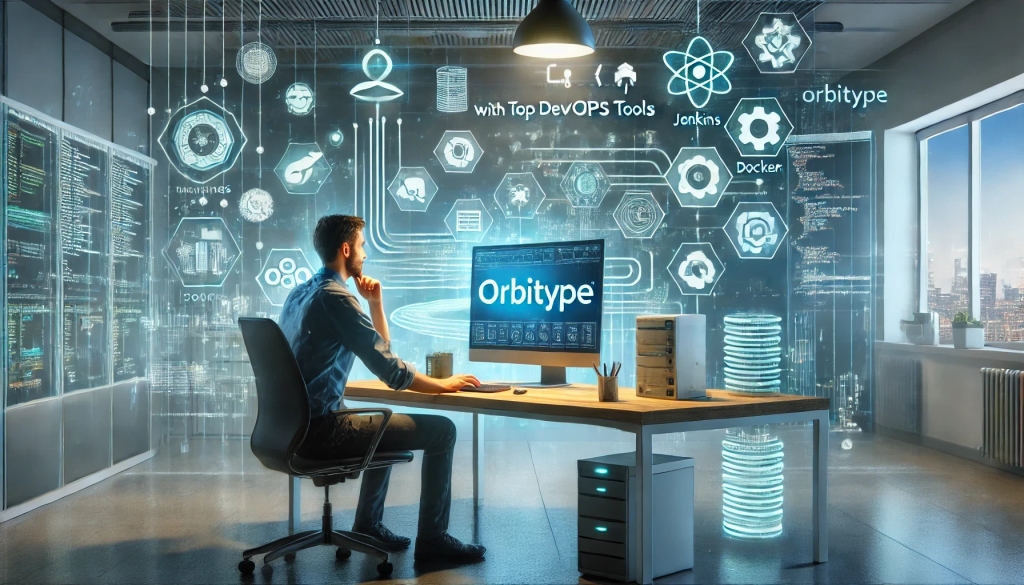
Streamlining Development: Integrating Orbitype with Top DevOps Tools
Discover how to integrate Orbitype with leading DevOps tools like Jenkins, Docker, and Kubernetes. Learn best practices for automating deployments, containerizing Orbitype, and scaling efficiently while streamlining workflows for continuous integration and delivery.

Headless CMS Explained: What It Is and When to Use It
What is a headless CMS and when should you use it? Learn how API-driven, flexible content management systems enhance user experiences, enable multi-platform publishing, and future-proof your digital strategy.